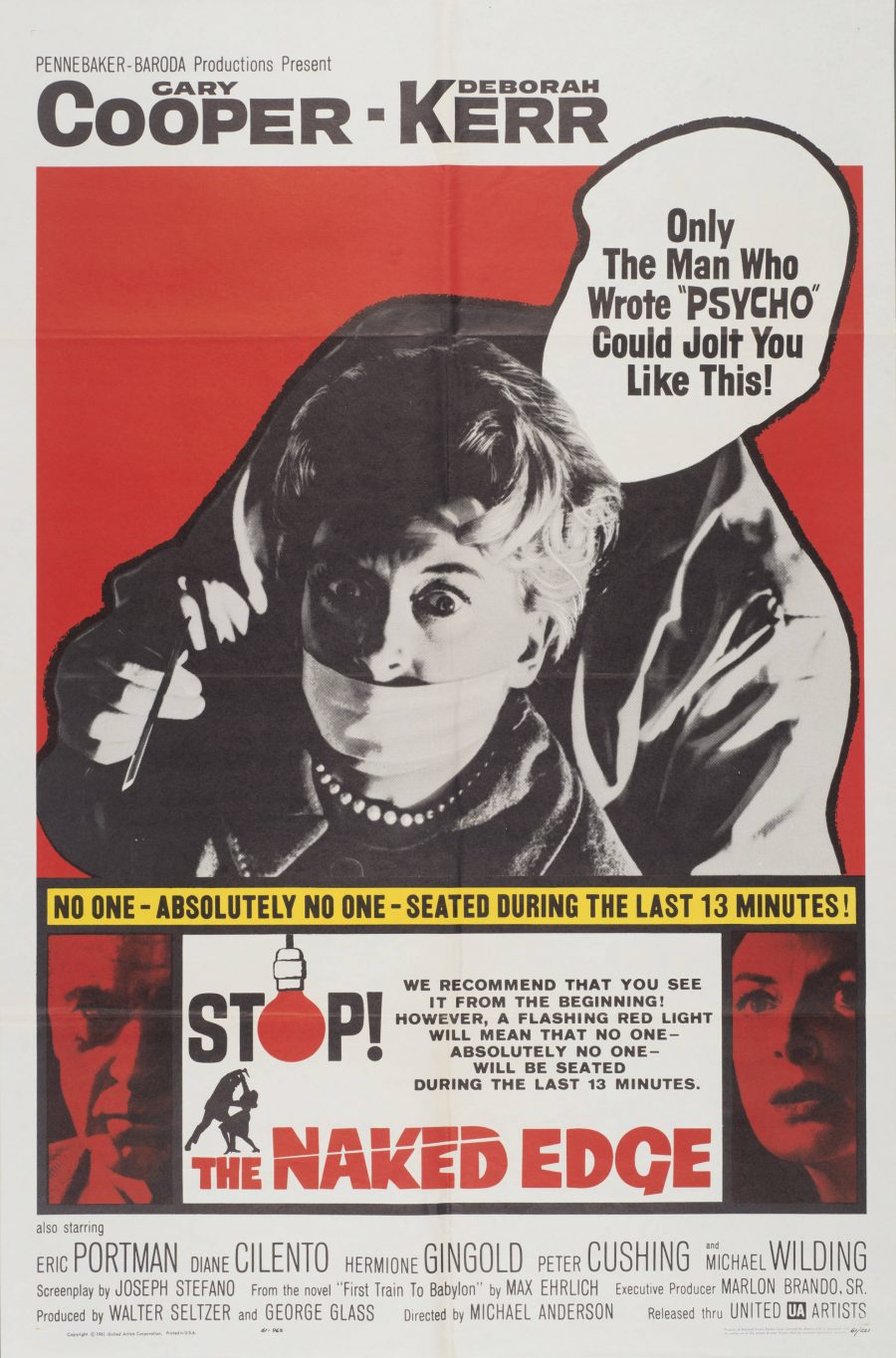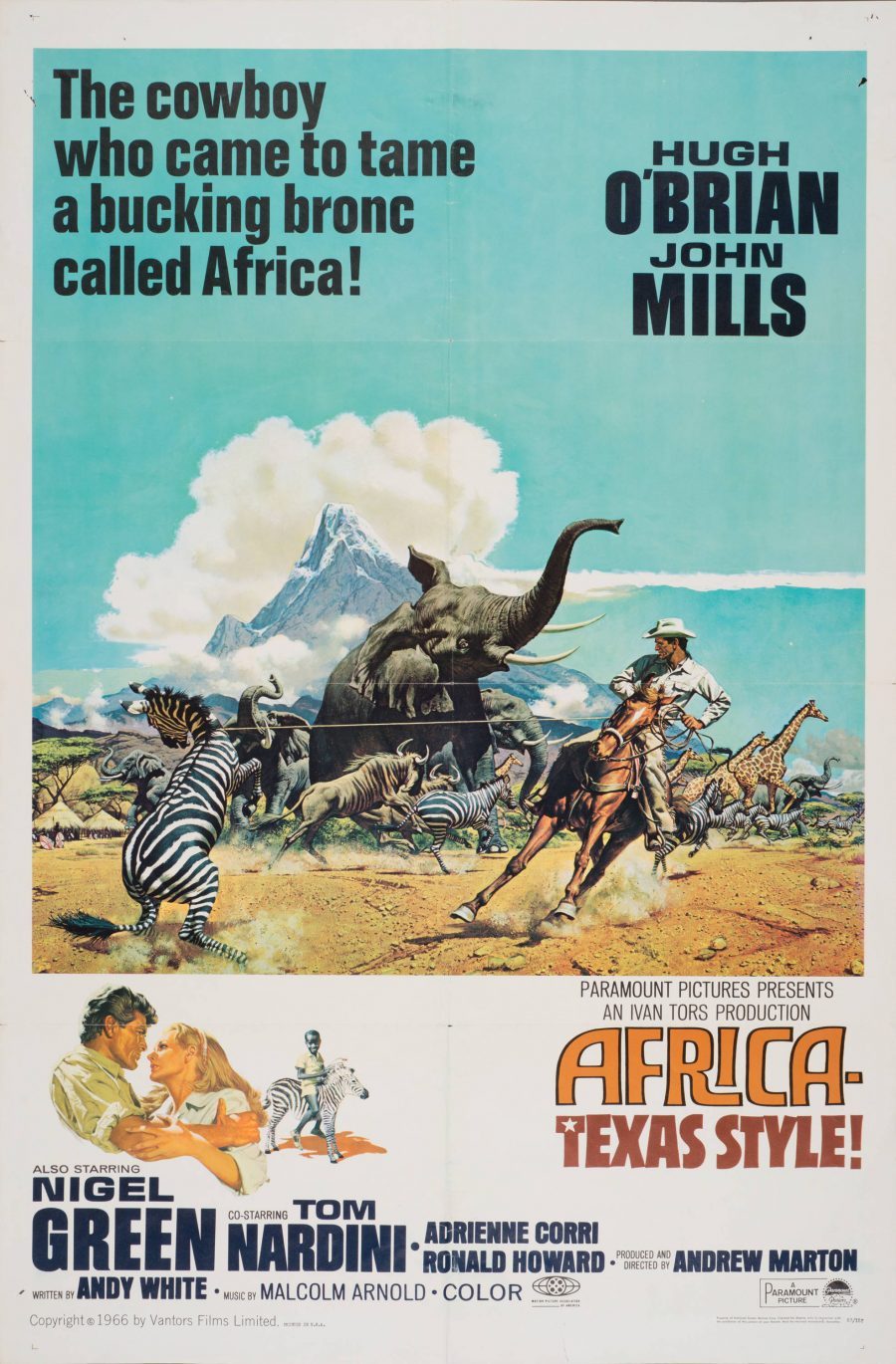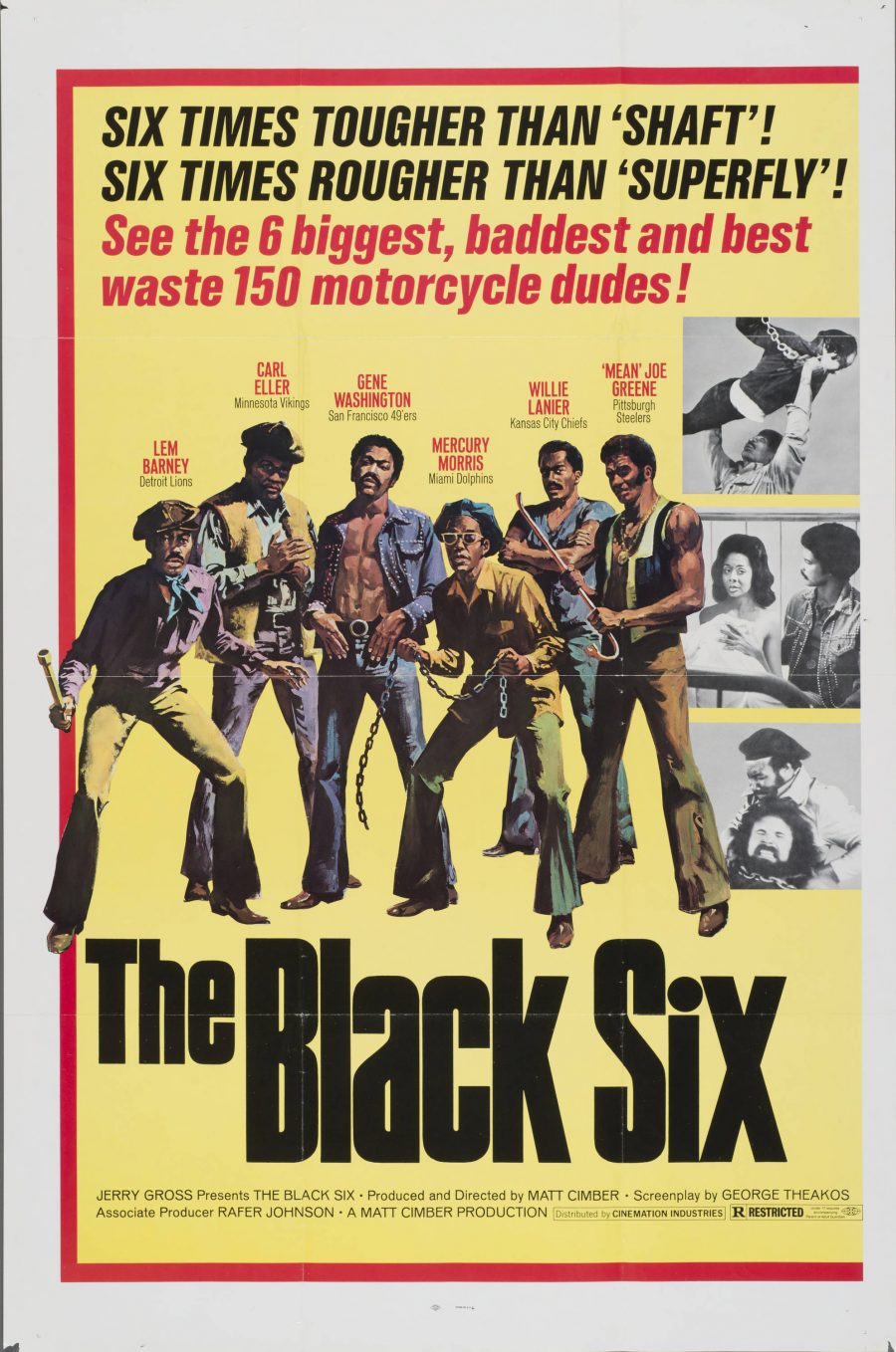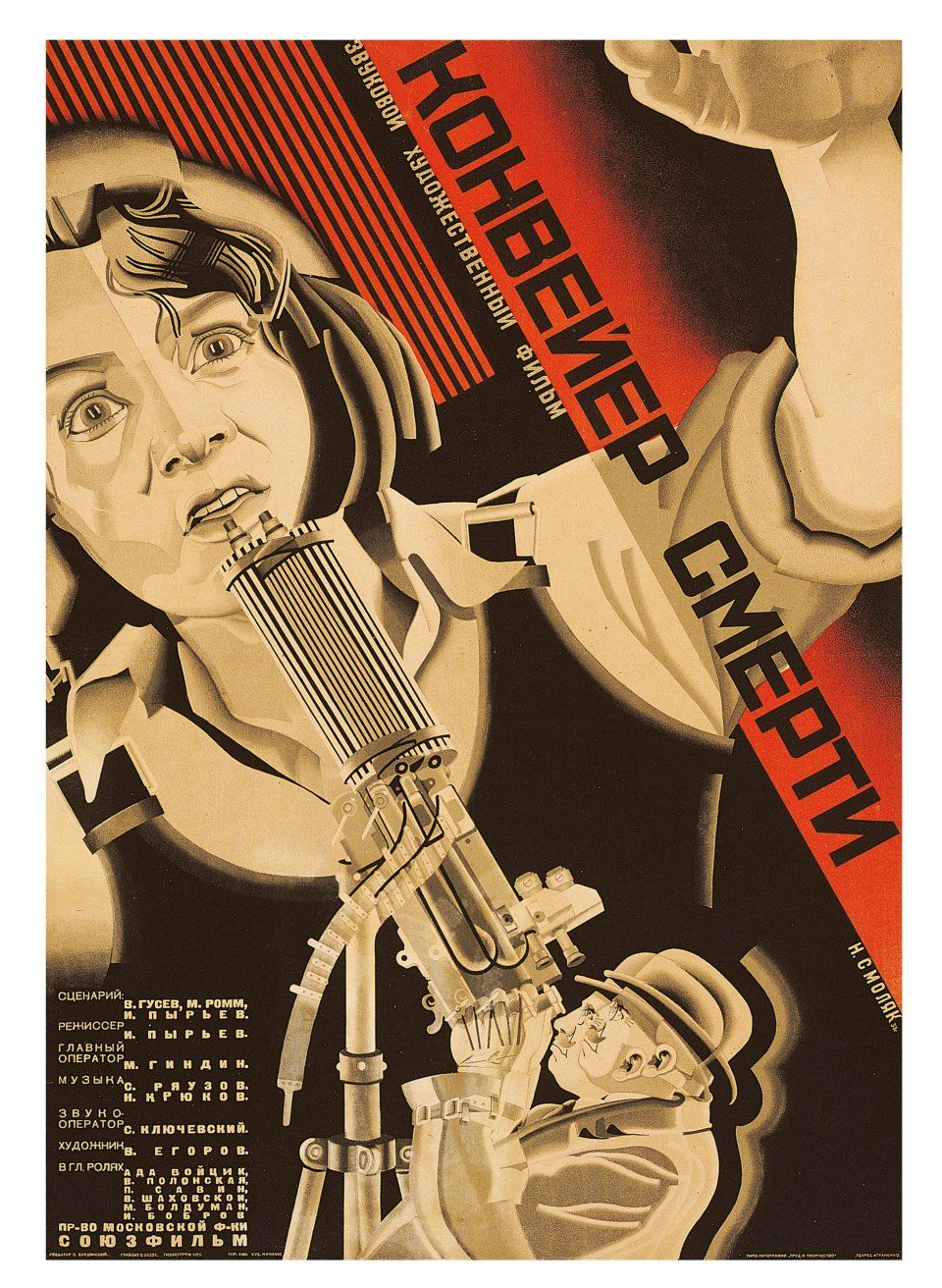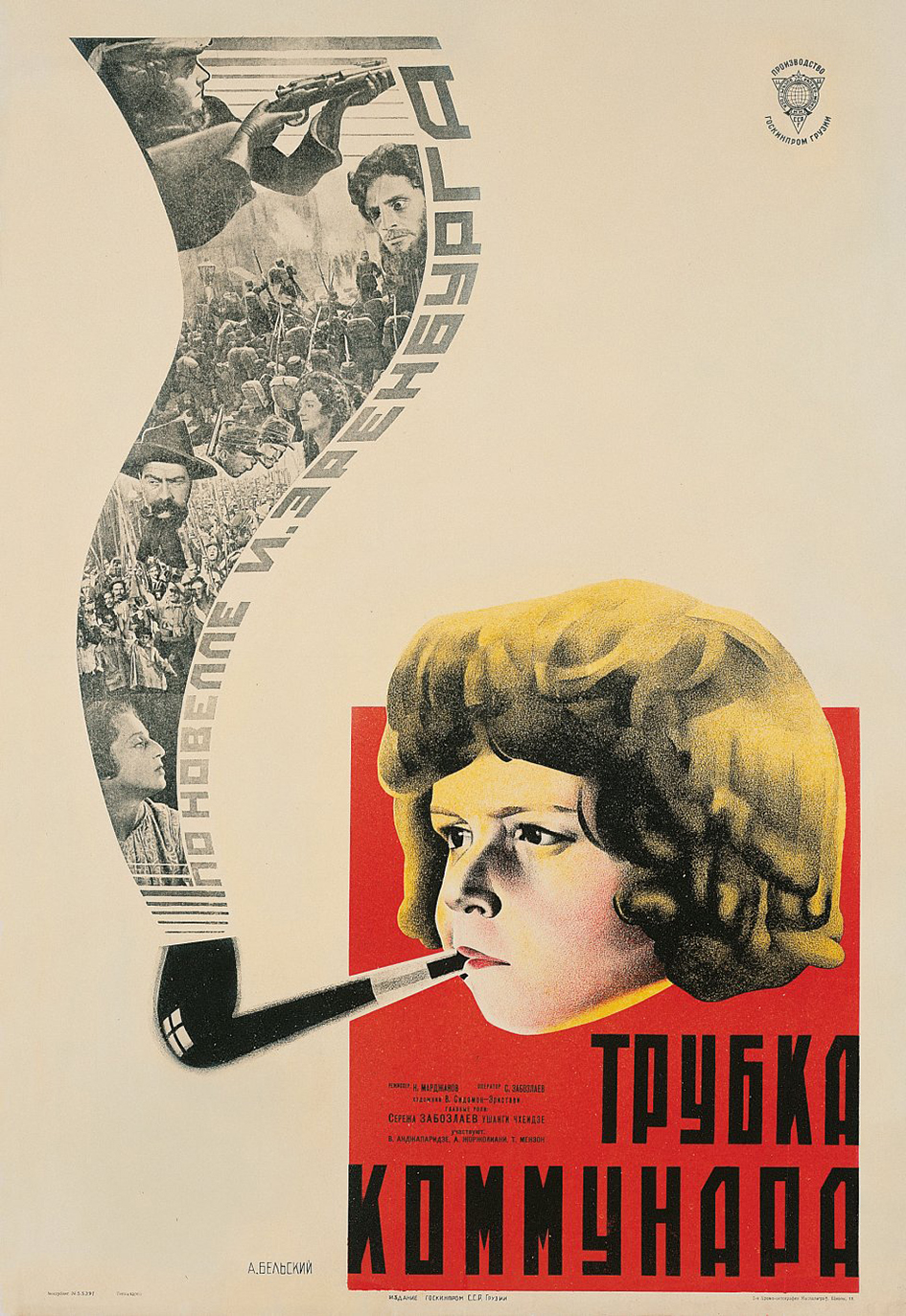For decades, outside of feminist scholarship and readerships, French-Cuban-American diarist, novelist, and essayist Anaïs Nin was primarily known through her famous friends—most notably the experimental novelist Henry Miller, but also psychoanalyst Otto Rank. She had affairs with both men, and inspired some of their work, but Nin has always deserved much wider appreciation as an artist in her own right, whose surrealist explorations of sexuality, and sexual abuse, and posthumous collections of erotica rival Miller’s body of work—and for many readers far surpass his talents.
Now Nin’s expressive face and oracular quotations have taken over the Tumblr-sphere, such that she has been called the “patron saint of social media” and compared to Lena Dunham. Whether one finds these terms flattering or not comes down to matters of taste and, probably even more so, of age. But those who wish for a short introduction to Nin outside of the world of memes and macros will surely take an interest in the 1952 film above, “Bells of Atlantis,” shot and edited by her then-husband Ian Hugo (also known as banker High Guiler), with Nin in the starring role as the queen of Atlantis. Coilhouse offers this succinct description:
Over cascading experimental footage, Nin reads aloud from her novella House of Incest. We catch glimpses of her nude form swinging in a hammock, and we see her shadow undulating over sheer fabric blowing in the wind, but for the most part, the imagery, captured by Nin’s husband Ian Hugo, remains very abstract.
But it is not only the rare, hazy glimpses of Nin and the snippets of her reading that should draw our attention, but also the burbling, whistling, hypnotic electronic score, composed and created by the husband-and-wife-hobbyist team of Louis and Bebe Barron. Over a decade before Delia Derbyshire wowed audiences with her Dr. Who theme, the Barrons were making unheard-of experimental sounds using the technology available at the time—tape machines, oscillators, microphones, and other such low-tech analog devices.
“The Barrons were true pioneers of electronic music,” writes Messy Nessy, “and one of the crown jewels of their auditory collection is the soundtrack for the 1956 thriller sci-fi film, Forbidden Planet,” the first major motion picture with an all-electronic score. “Bells of Atlantis” breaks ground as an even earlier example of the form, and its hallucinatory visual journey recalls the surrealist filmmaking of decades past and looks forward to the psychedelic 60s.
Both the sounds the Barrons produced and the visions of Hugo turn out to be, in my humble opinion, the perfect setting for a brief introduction to Nin’s voice. After watching “Bells of Atlantis,” put on some more early electronica, and read Nin’s 1947 House of Incest for yourself, a hallucinatory prose-poem about, in Nin’s description, the “escape from a woman’s season in hell.”
Related Content:
Hear Anaïs Nin Read From Her Celebrated Diary: A 60-Minute Vintage Recording (1966)
Henry Miller Makes a List of “The 100 Books That Influenced Me Most”
Josh Jones is a writer and musician based in Durham, NC. Follow him at @jdmagness
